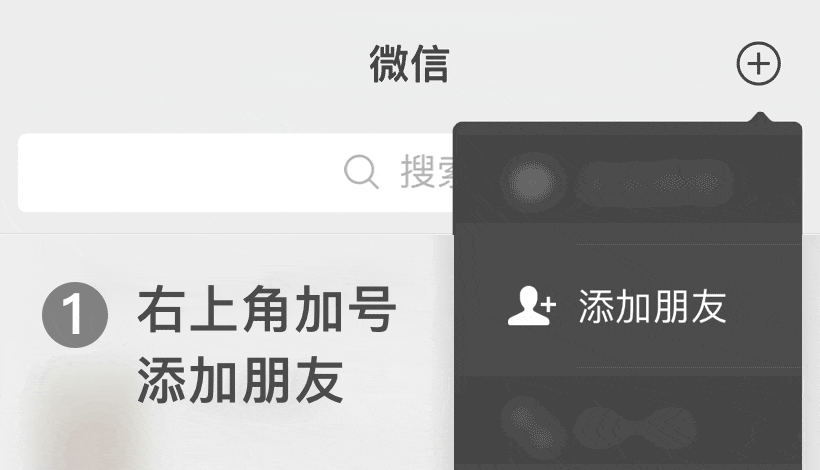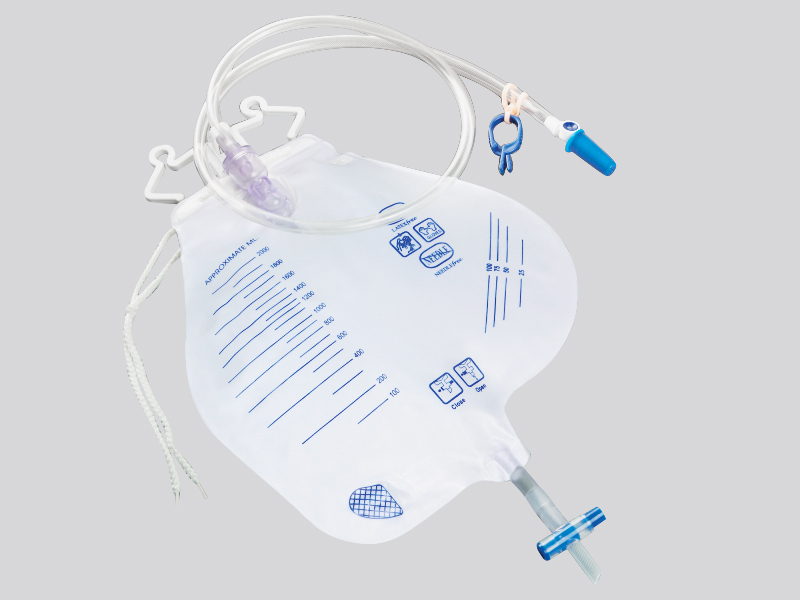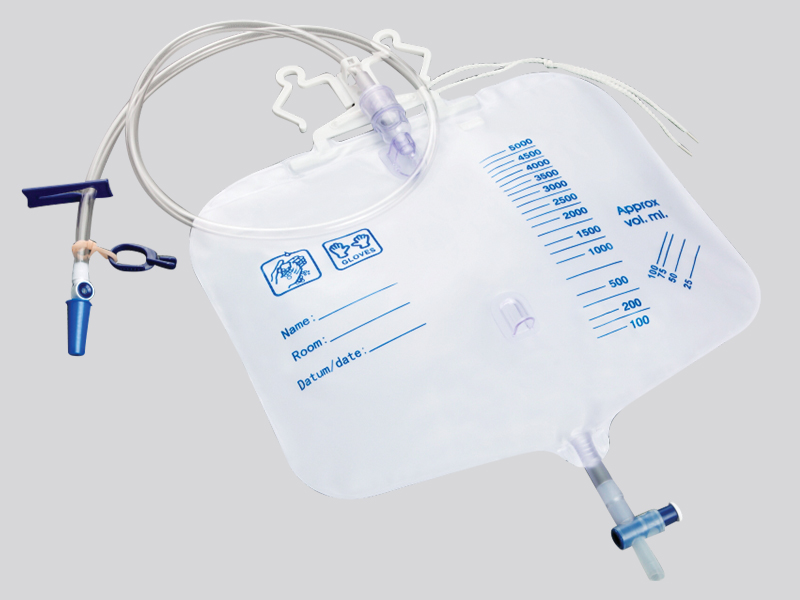
The current position:Home > Information dynamic
> Industry Trends
What are the advantages of disposable anti backflow drainage bags
source:www.qiannqu.com | Release time:2025年07月21日1、 Anti backflow design reduces the risk of infection
Core advantage: Through the built-in one-way valve or anti backflow membrane structure, it ensures that the drainage fluid can only flow unidirectionally from the patient's body to the bag, preventing the liquid in the bag from flowing back into the patient's body.
Clinical significance: It is crucial to effectively avoid complications such as urinary tract infections and puncture site infections caused by backflow of drainage fluid (which may contain bacteria and pollutants), especially for patients who are bedridden for a long time and have low immunity (such as postoperative patients and elderly patients), significantly improving nursing safety.
2、 Disposable to prevent cross infection
Usage characteristics: Designed for single use, disposable after use, no need for cleaning and disinfection.
Advantages: Avoiding the risk of cross infection caused by poor cleaning and inadequate disinfection when reusing drainage bags (such as the possible spread of bacteria caused by shared use by multiple people), in line with hospital infection control standards, especially suitable for infectious disease patients, intensive care units (ICUs) and other scenarios with high requirements for sterility.
3、 Convenient operation and simplified nursing process
Design features: Usually equipped with easy to fix hooks, drainage tubes, discharge valves and other accessories, some models have scale markings.
Convenient to use: Medical staff or family members can quickly connect the catheter and drainage tube, with simple operation and no need for professional training to master basic usage methods;
The design of the discharge valve facilitates the easy discharge of liquid from the bag at any time, reducing the number of nursing operation steps;
Clear markings facilitate intuitive observation of the amount, color, and characteristics of drainage fluid, providing a basis for disease diagnosis.
4、 Material safety, reducing adverse reactions
Material selection: Soft, non-toxic, and chemically resistant materials such as medical grade polyethylene (PE) are often used, which have good stability when in contact with human body fluids and are not prone to allergic reactions.
Comfort: The material is lightweight and flexible, making it less uncomfortable for patients during activities such as bed turning or slight movement due to the drainage bag being too hard or rubbing, thus improving the wearing tolerance.
5、 Good airtightness, protecting patient privacy and environment
Sealing design: The drainage bag has strong overall sealing, making it difficult for liquid to leak and preventing drainage fluid from overflowing and contaminating the bed unit, clothing, or environment, keeping the patient's body and surrounding environment clean.
Privacy Protection: Compared to open drainage devices, the closed design reduces the embarrassment of bodily fluid exposure, making it particularly friendly to conscious patients and balancing medical needs with humanistic care.
6、 Diverse specifications, suitable for different scenarios
Model classification: Designed based on capacity (such as 500ml, 1000ml, 2000ml), drainage tube length, anti reflux valve, and sampling port, it can meet the needs of different patients (children) and drainage sites (urine, pleural and peritoneal fluid, wound exudate).
Scenario adaptation: For example, large capacity models are suitable for long-term bedridden patients to use at night, while small capacity and short tube models are suitable for postoperative short-term active patients, enhancing the flexibility of clinical applications.
Prev:
What are the advantages of disposable negative pr…
Next:
What are the main advantages of disposable gastro…

 Cn
Cn En
En WeChat ID:
WeChat ID:






 Contact us
Contact us
 Add WeChat
Add WeChat
 Telephone
Telephone